Insight: FIA ETRC brakes - Always under pressure
Slowing down or stopping a 5.3-tonne race truck from high speed puts a tremendous stress on brakes. Therefore brakes systems used in the FIA European Truck Racing Championship are unlike any others elsewhere in motorsport.
One of the unique aspects of the systems in use is the fact they are air-operated. “We have pneumatic brakes,” – says Stefan Honens, Technical Director at Tankpool24 Racing.
That in turn makes braking a tricky art for the driver. “You have no feedback, you’re pressing against the spring basically. You have to have the feeling or you have to find the [right] position of the pedal,” explains the man for whom truck racing brakes have no secrets.
On safety grounds, brakes are perhaps the most important components of race trucks and they have no right to fail. That enforced another distinctive aspect of the systems – their duality.
“Because of safety we have two circuits (front and rear), so there’re two air tanks,” says Honens. “Then we have a foot valve, two circuits (front and rear) and with the foot you steer the air out of the tanks into the brakes pipes and there’s and ALB valve (Load Sensing Valve) in between, so that you can adjust the amount of pressure going into the chambers through a device where’s a certain characteristics behind.
“So, basically on standard trucks the ALBs are based on air bag pressures, so regarding ‘on load’, we simulate the load to these ALBs and depending on that load it steers more or less air into the activators of the brakes chambers of the callipers,” – explains Honens, going into nitty gritty of the topic.
“Then we have disc brakes on all four wheels and air operated callipers and activators. In-between there are quick release valves to make it a little bit faster and there’s a full circuit protection valve like in the standard road-going units to separate the circuits from each other. In case of a leakage at least you have one active axle for braking,” – he carries on.

Immense forces applied on the brakes cause them to overheat tremendously, hence water cooling is a necessity. “We carry about 200 litres of water in what from the outside looks like air tanks, so we use about 200 litres of water in half an hour [race],” – says Honens.
“We have brake disc temperature sensors, which the driver gets monitored on the display and we have a regulator valve that controls the water flow, so depending on the temperature he sees on his display, he adjusts the water flow to the brake discs, which is sprayed through the sprayers to the air vents on the disc to keep them in the certain window, depending what brake pads we use,” – continues Honens.
“There are different philosophies up and down the paddock. There are trucks out there that have constant flow, there are trucks that have nozzles connected to the brake pedal, so as soon as drivers hits the pedal, the water comes and there are other ones with time relay – five seconds spraying and five seconds off, something like that,” – explained Honens.
If you wonder which circuit on the FIA ETRC calendar is the hardest one for the brakes, Honens has the answer for you. “Zolder” – he says without a moment of hesitation. “It has always been hard on brakes. [At Zolder] it’s always acceleration, decelerations. There’s a lot of tight corners, chicanes and that many fast corners,” he says of the Belgian venue. On the contrary Le Mans is the one that’s most gentle on the brakes.
Interestingly, circuits with long straights are not necessarily ideal for trucks.
“The problem with trucks is when you have a long straight it becomes cold and then you have a hard braking it becomes hot again, that puts brakes under a lot of stress,” – concludes Honens.







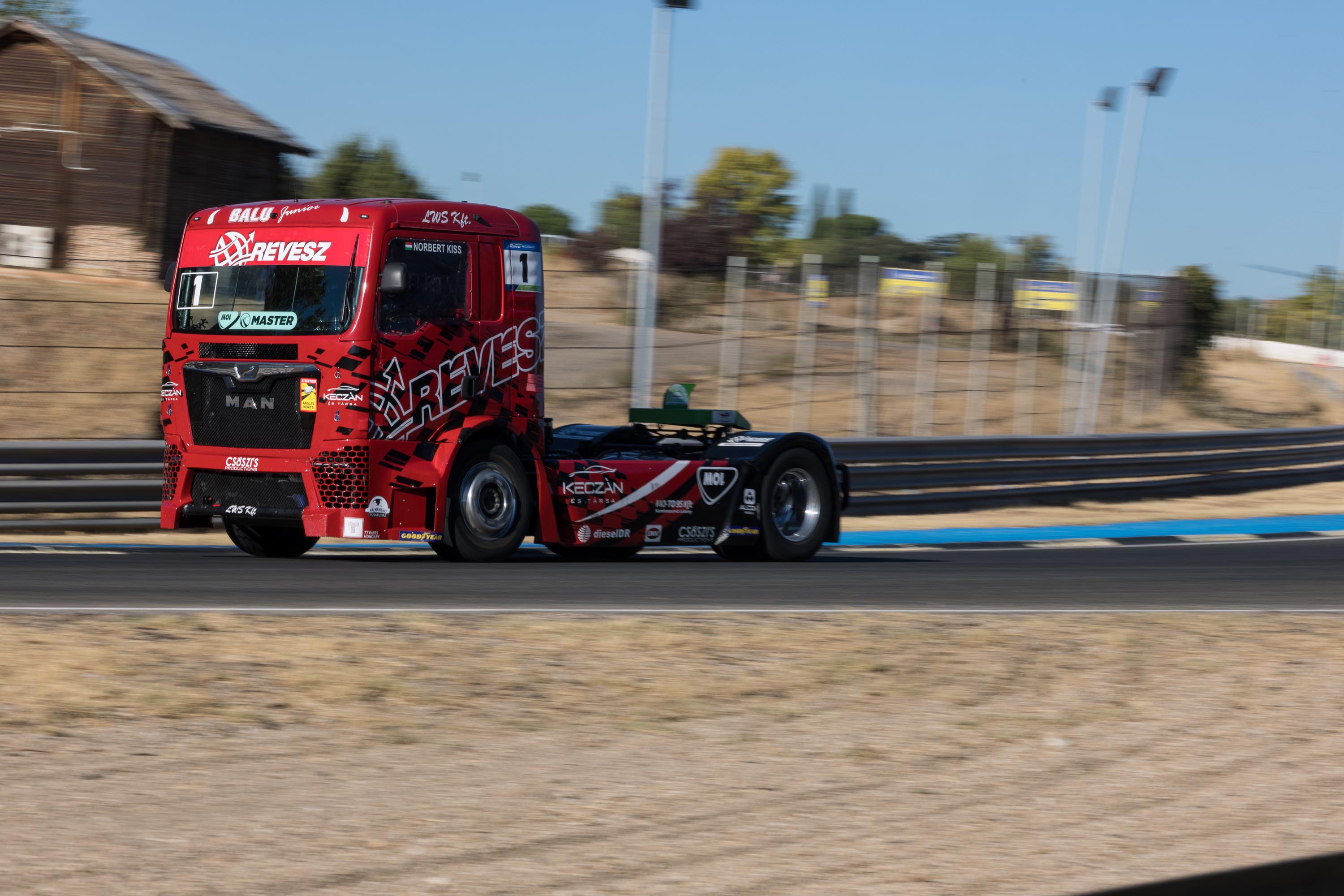


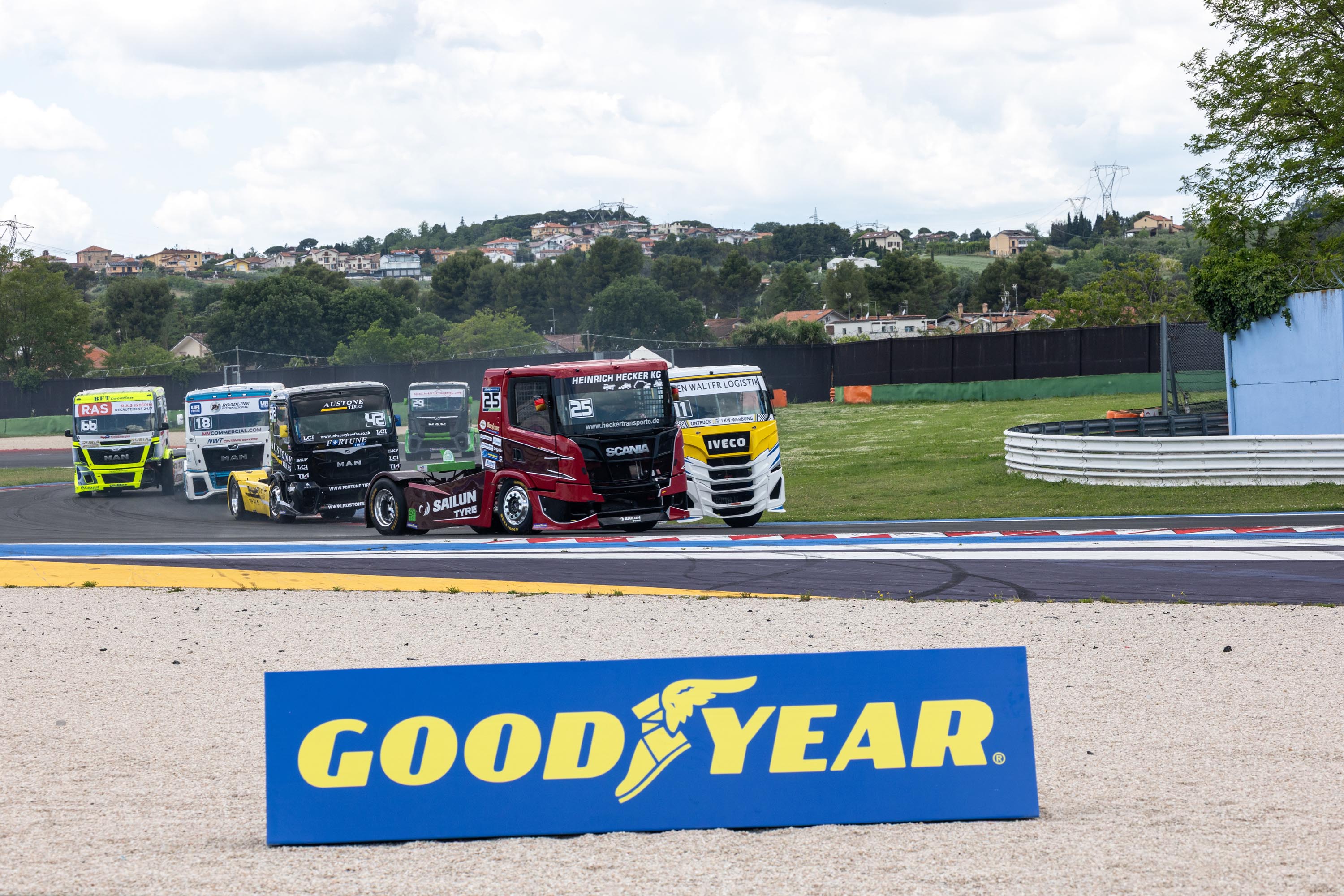


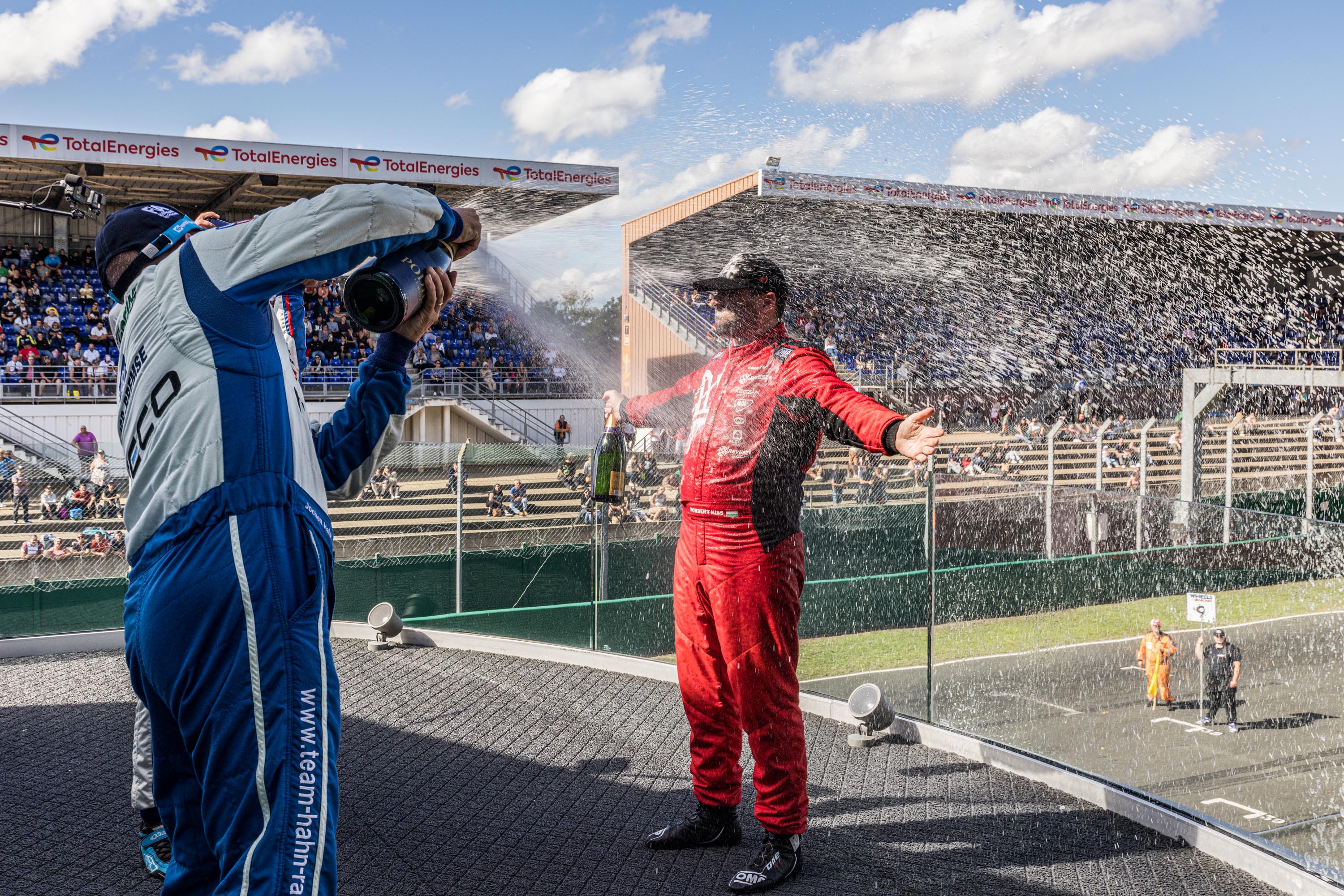
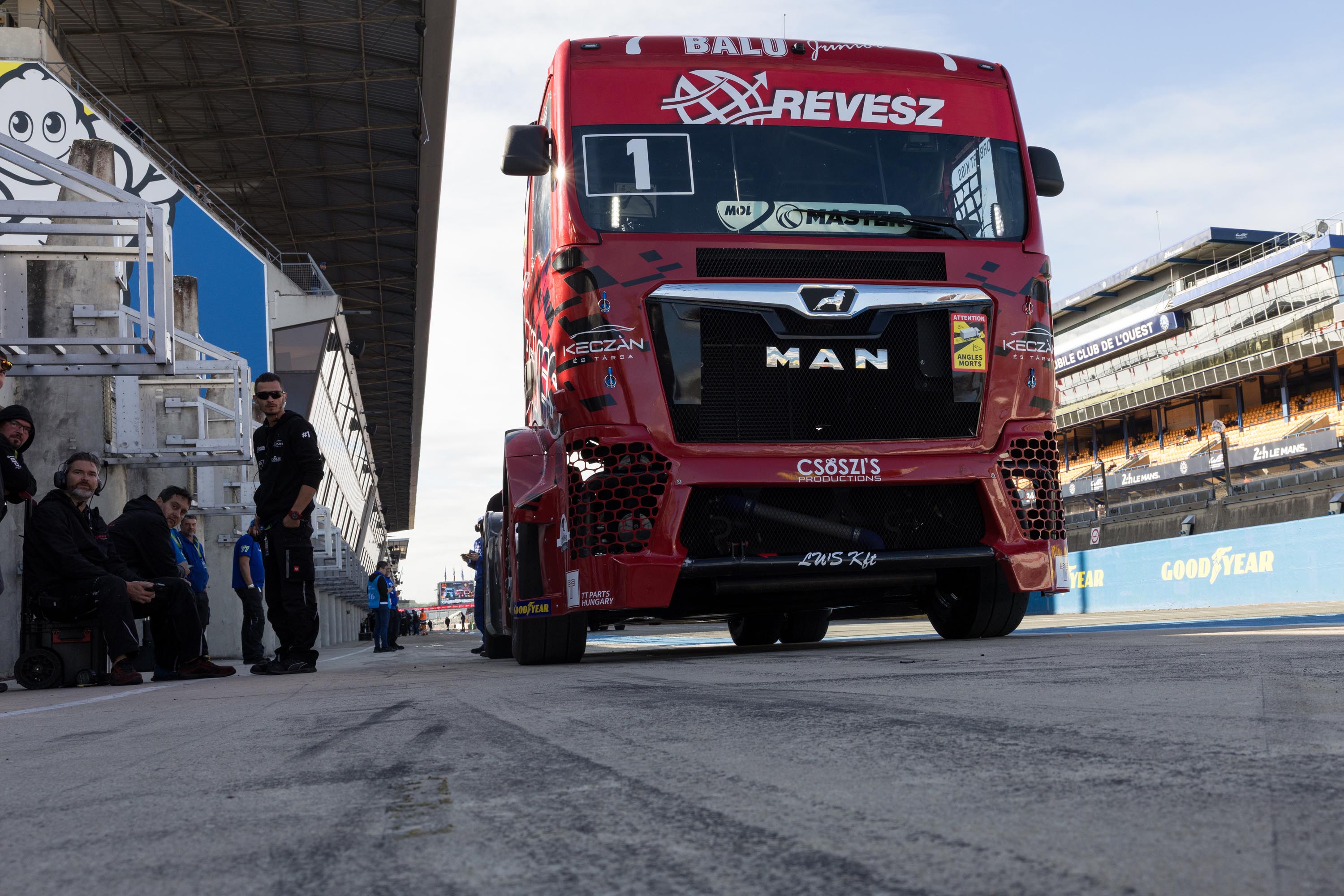
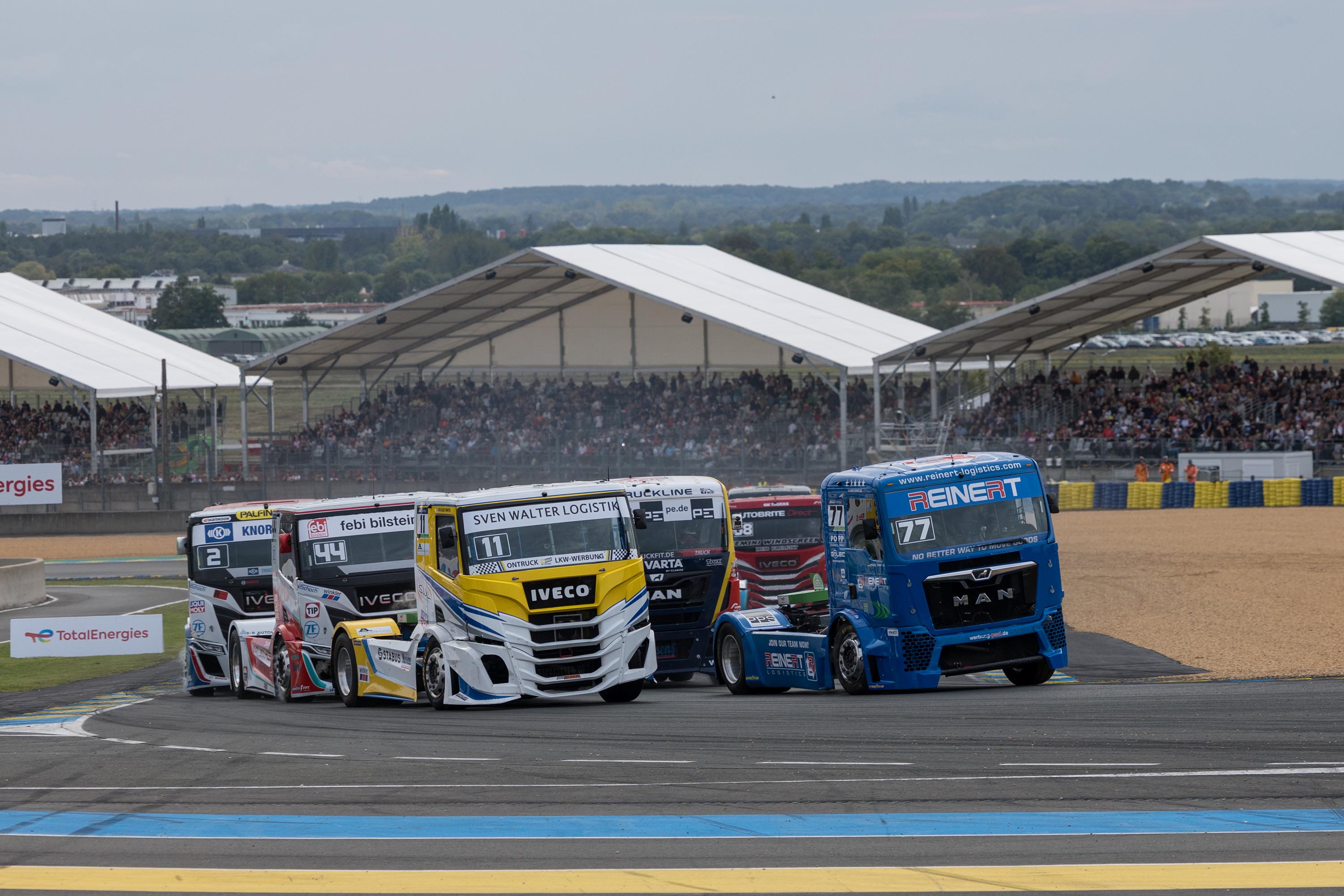
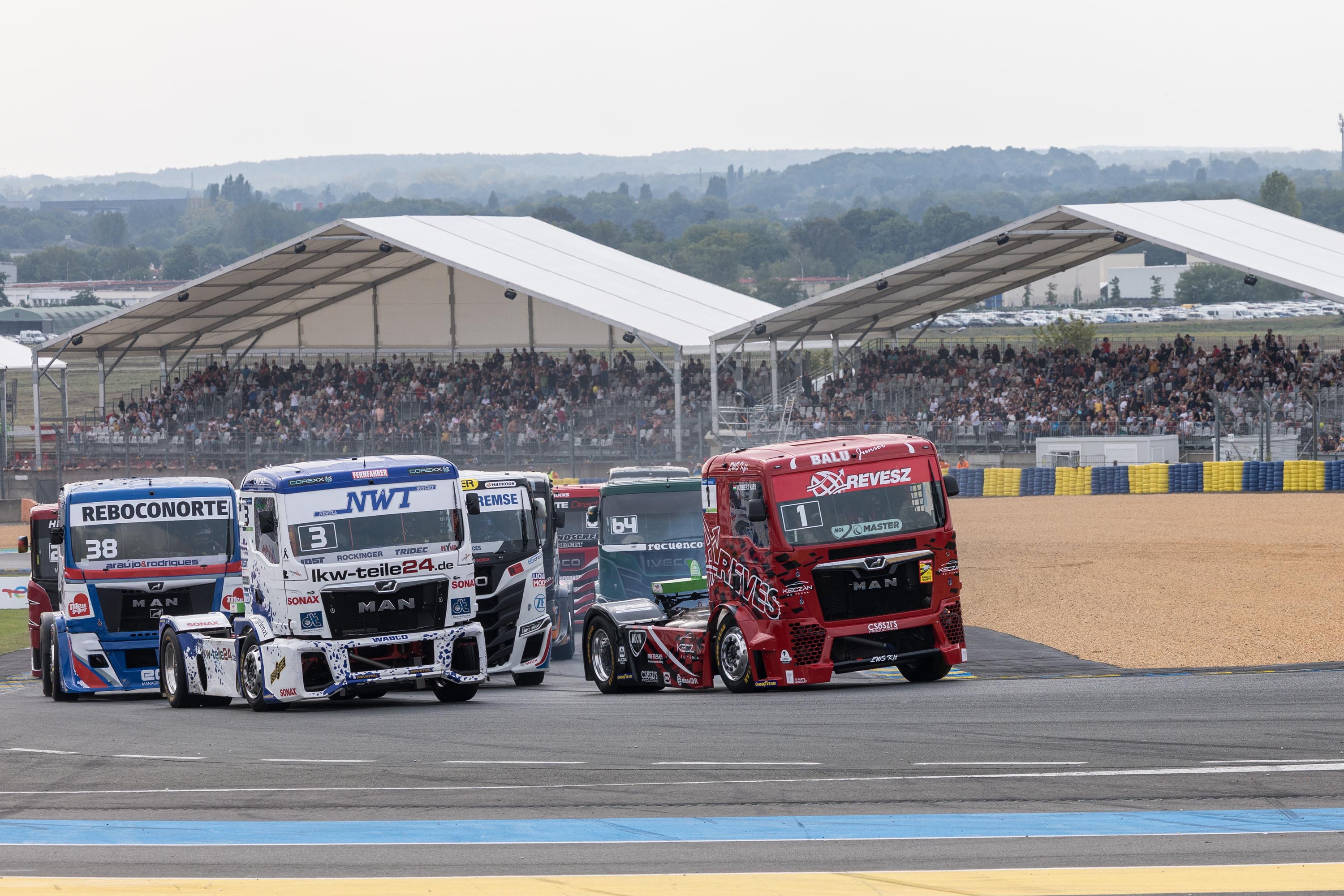
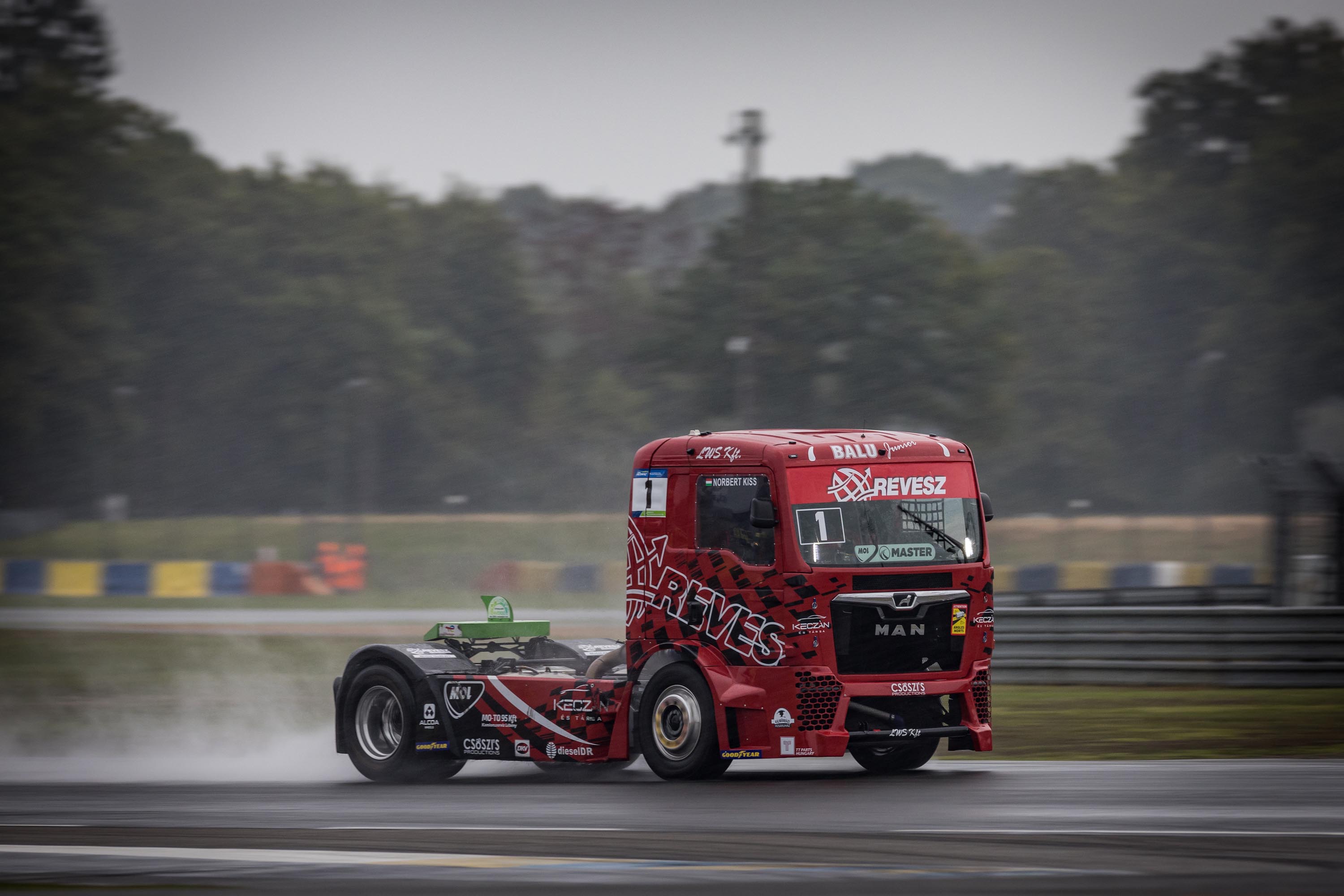


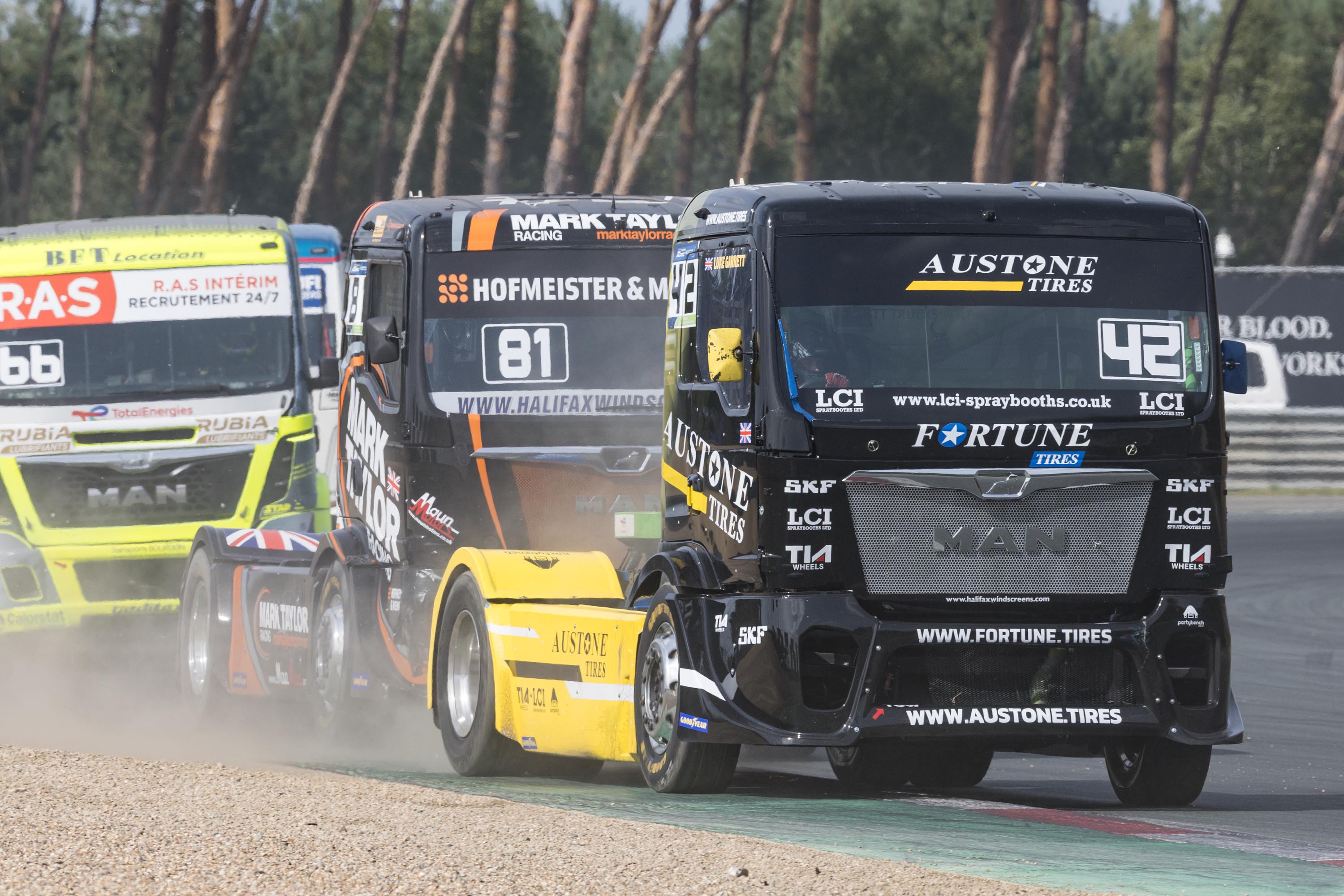


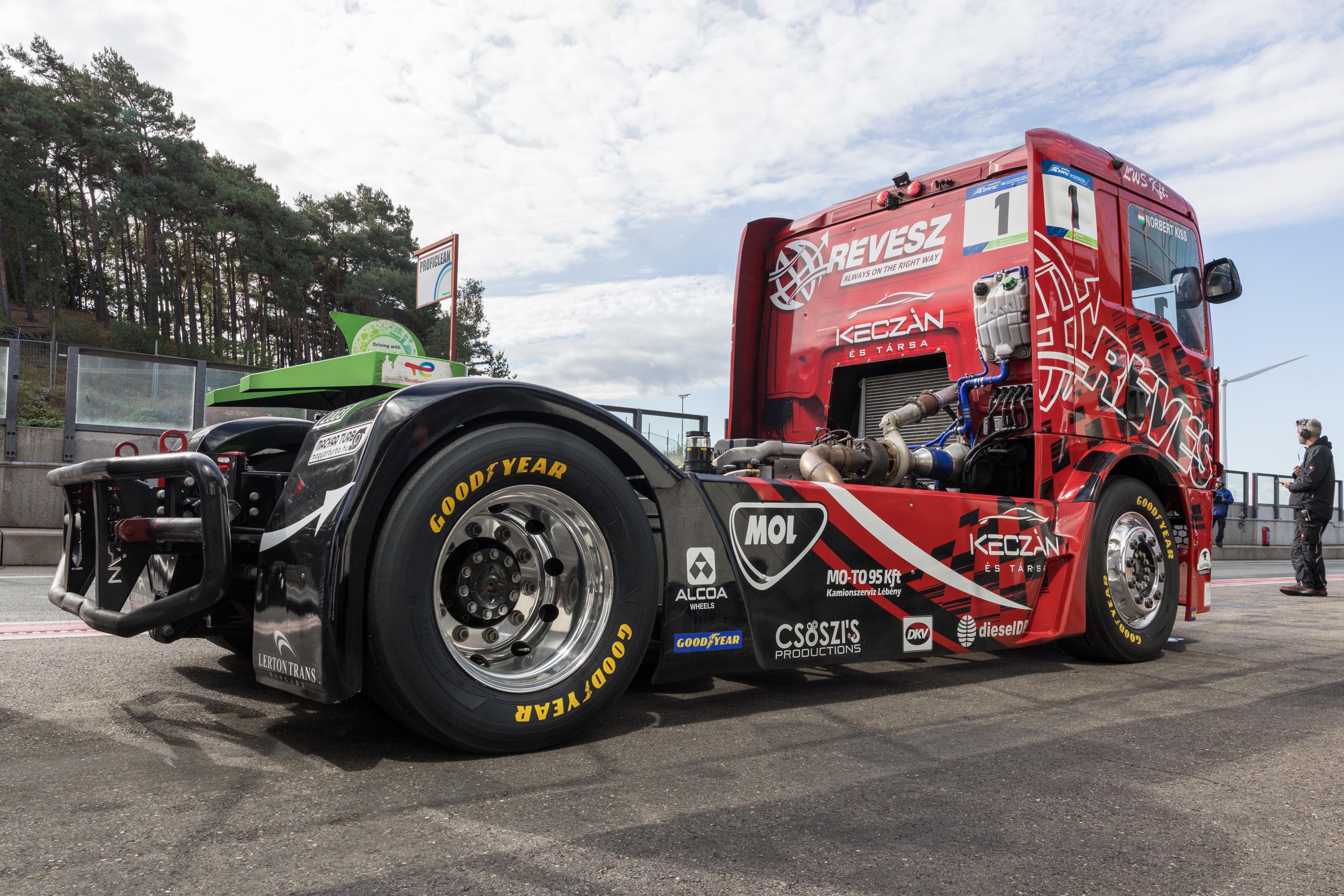

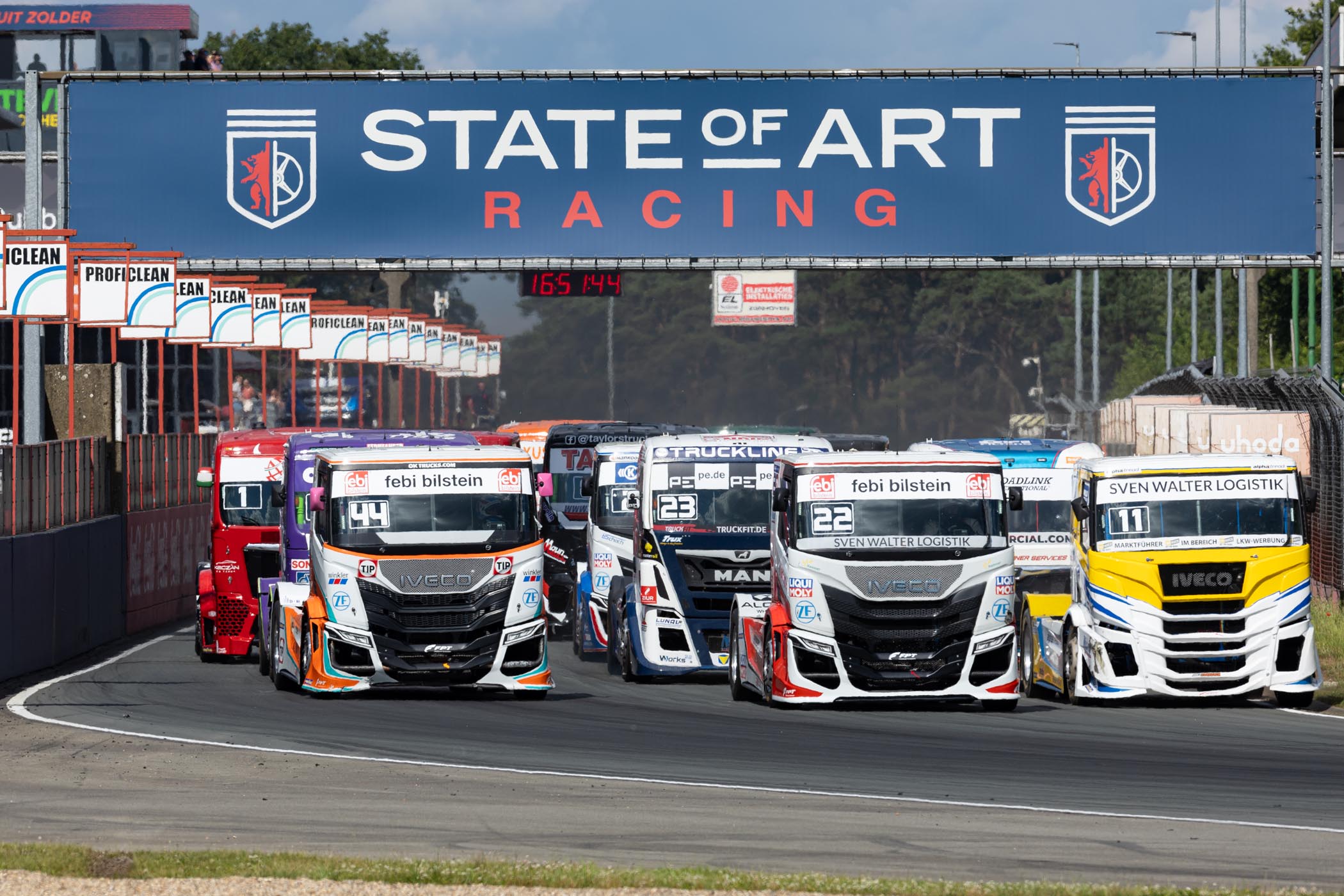



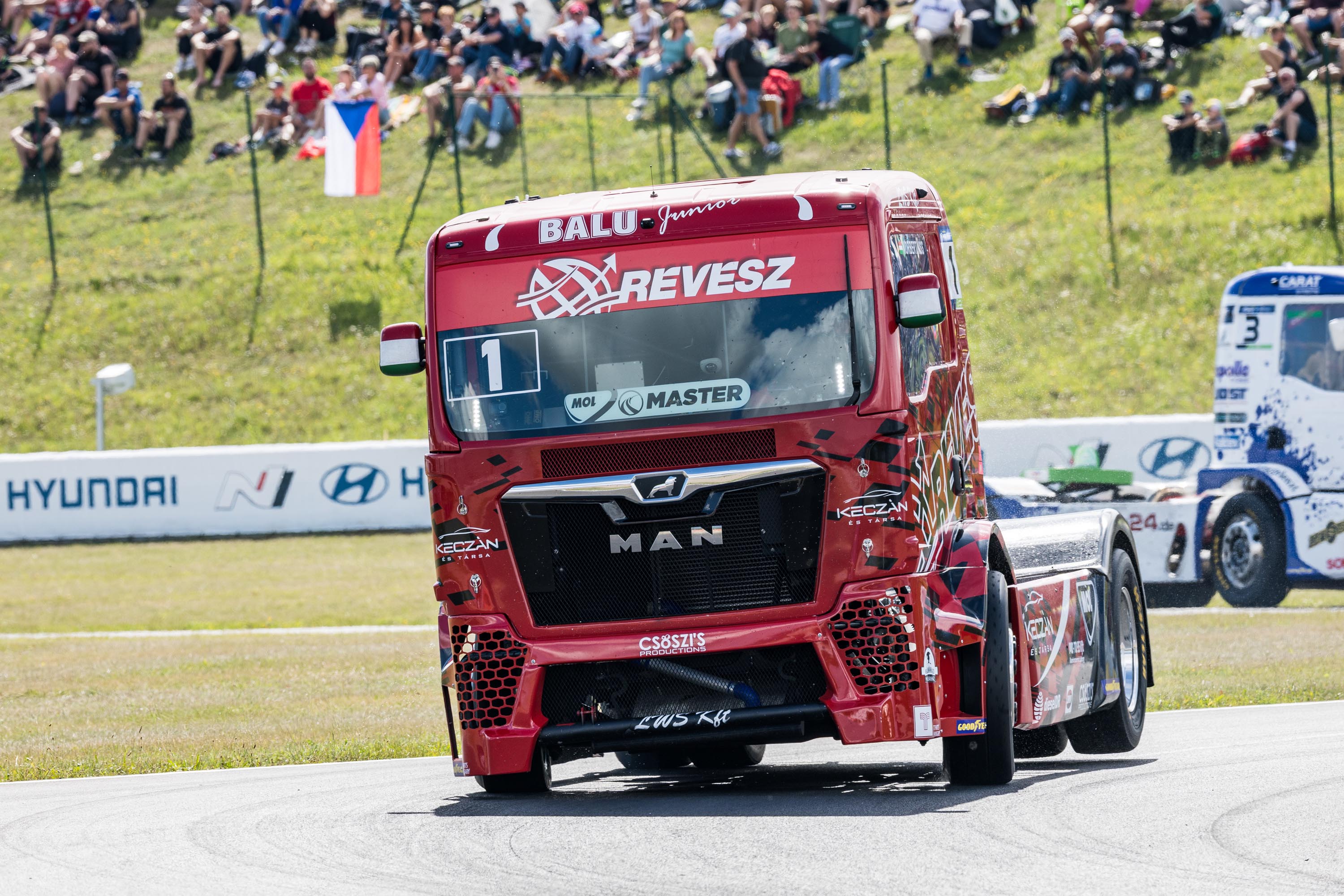
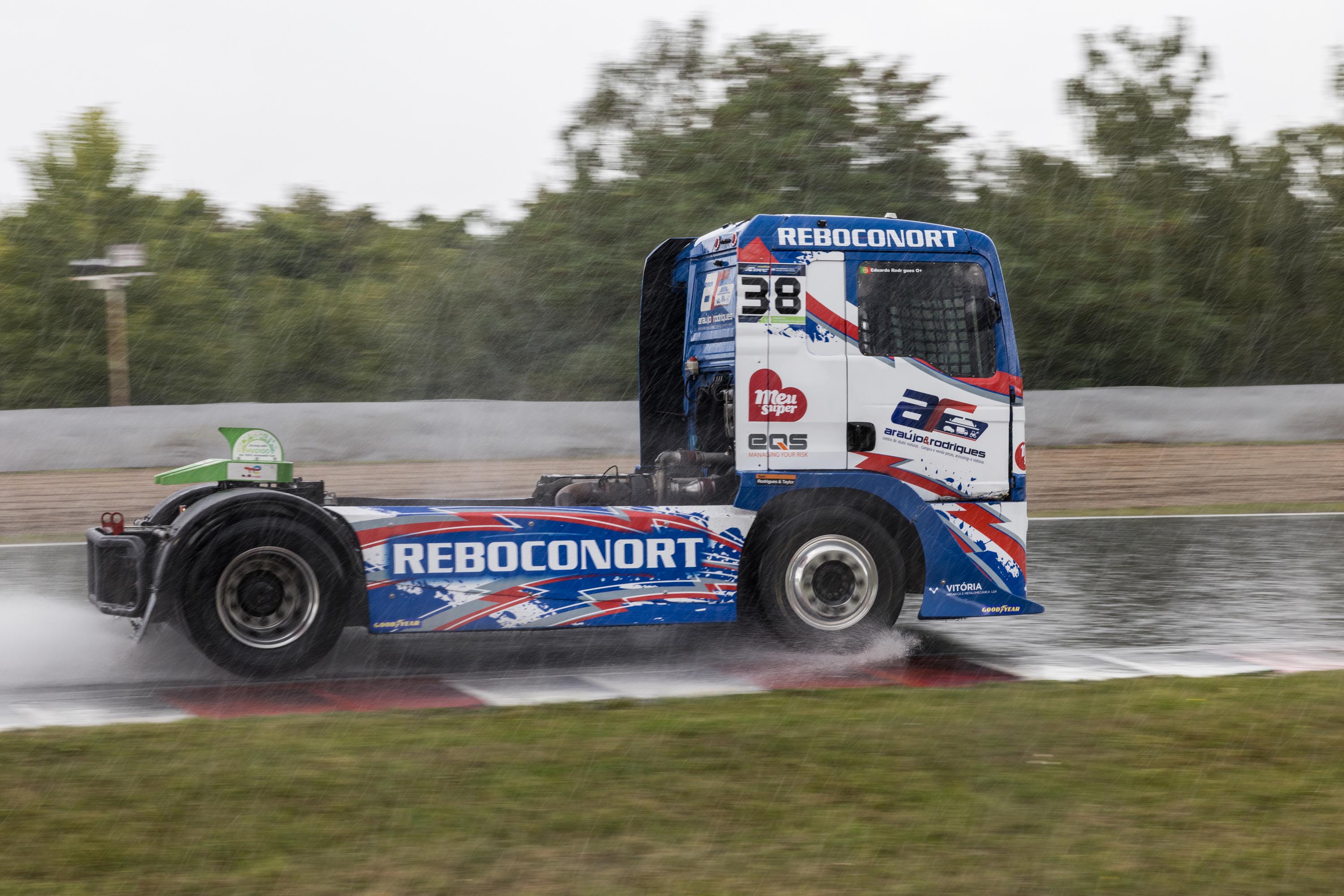






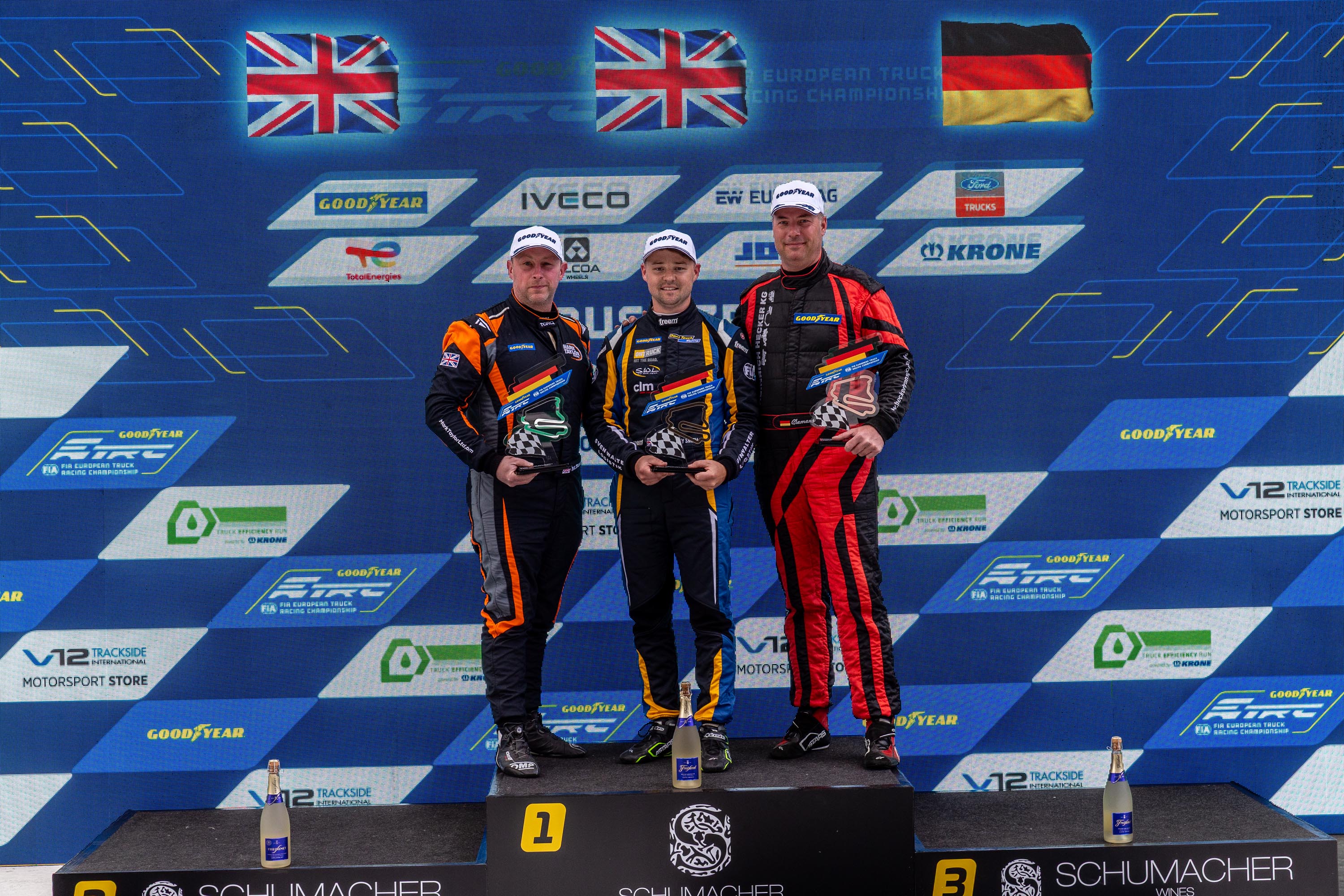

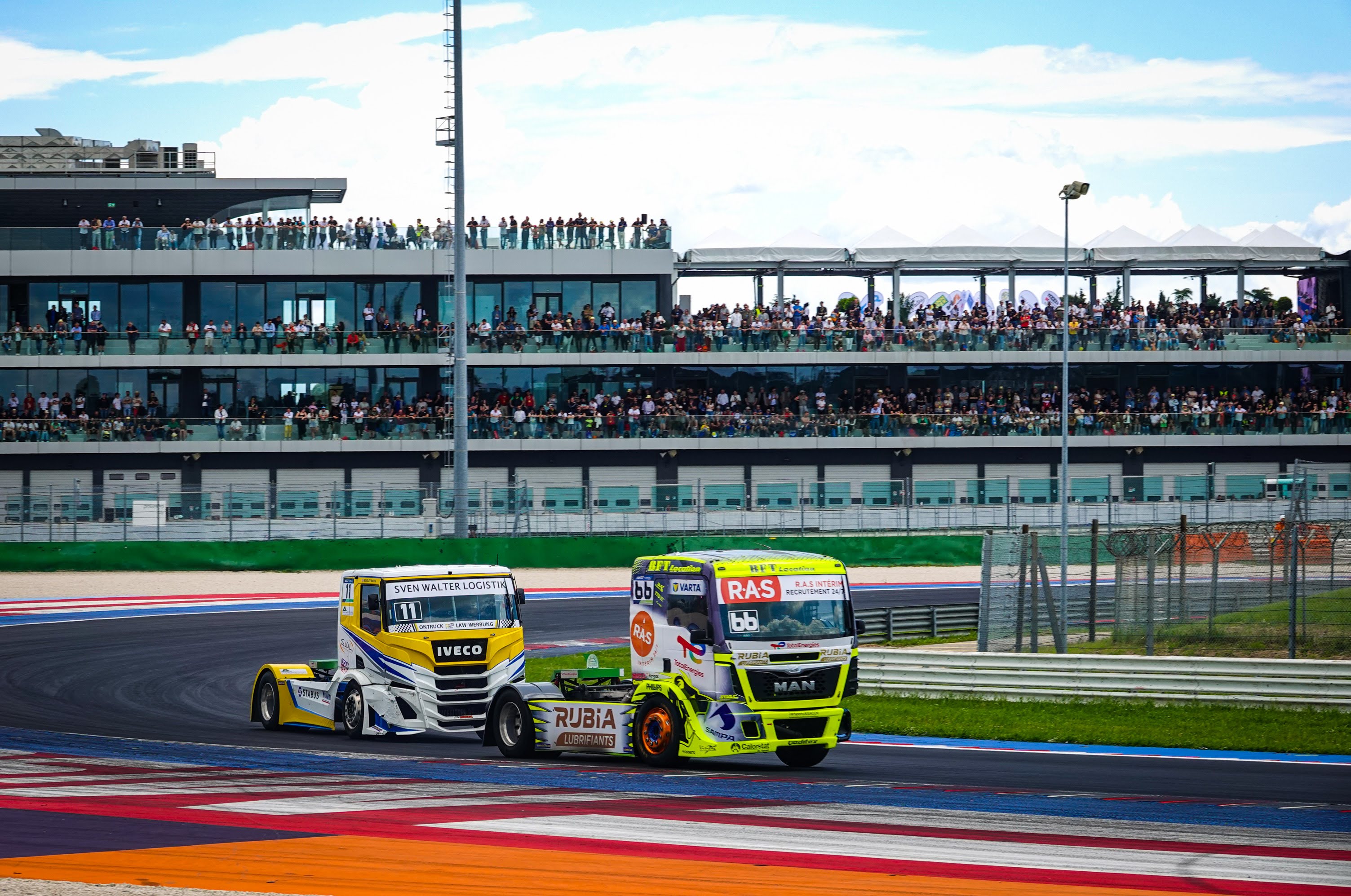
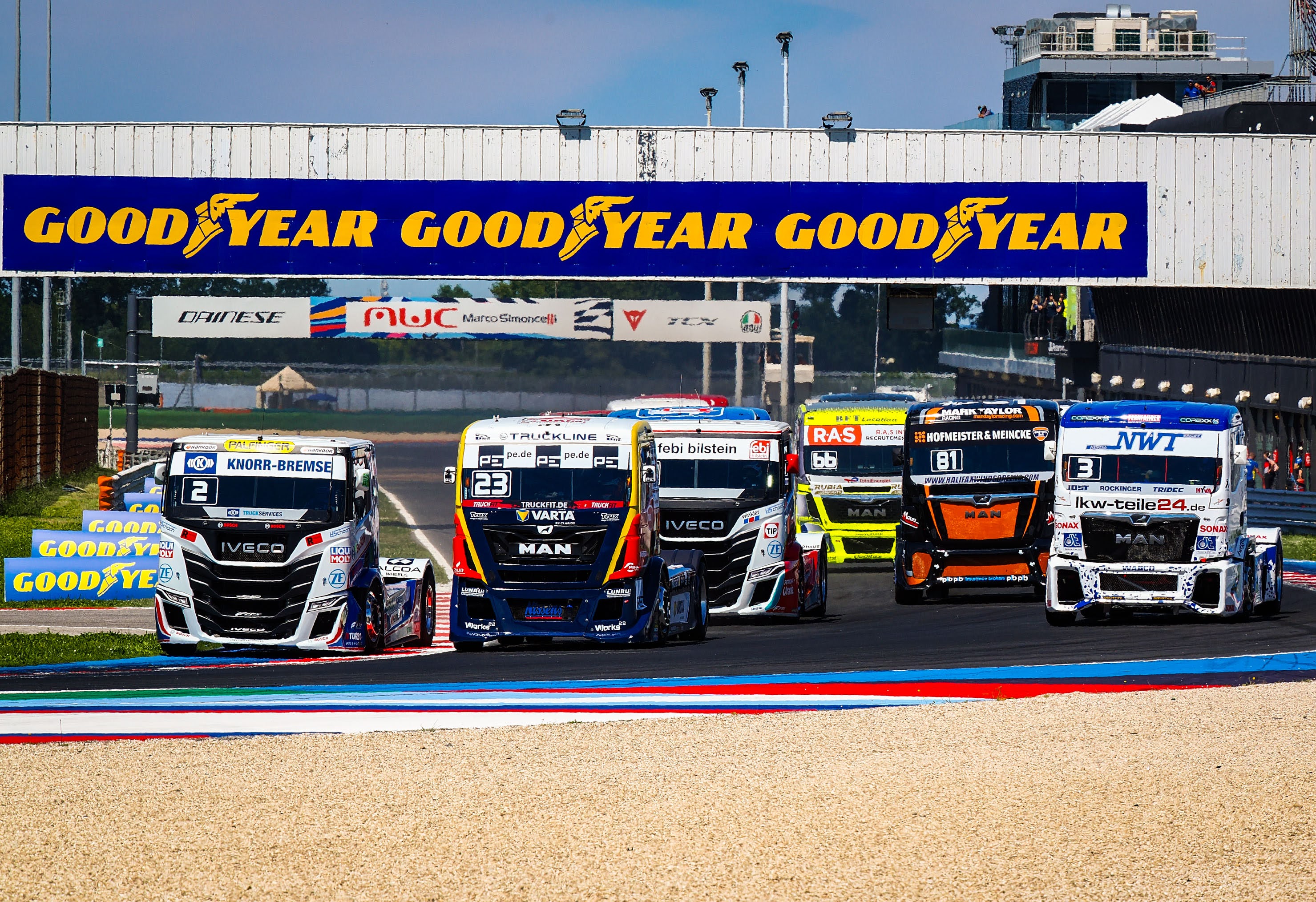



.jpg)






































.jpg)


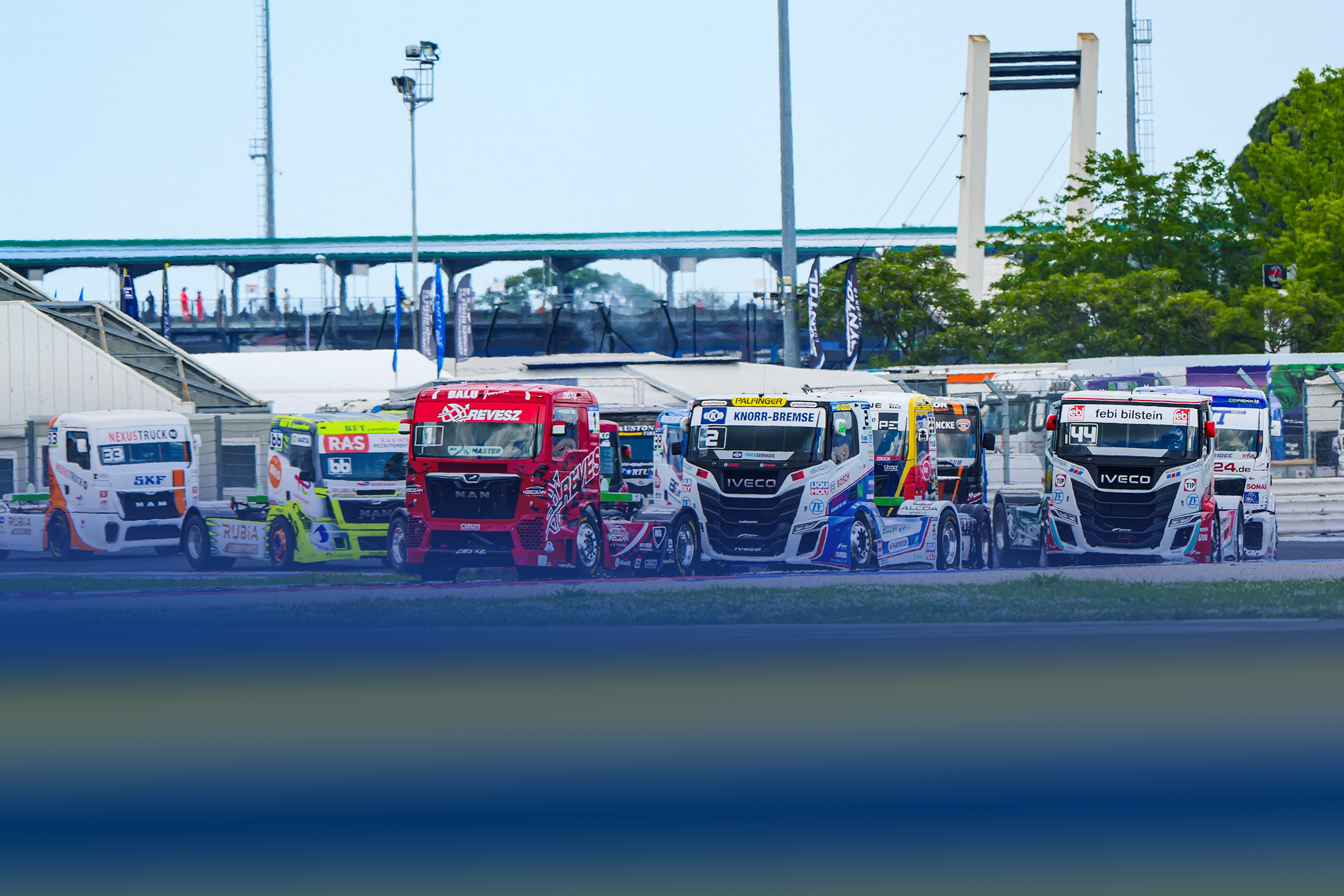








.jpg)



